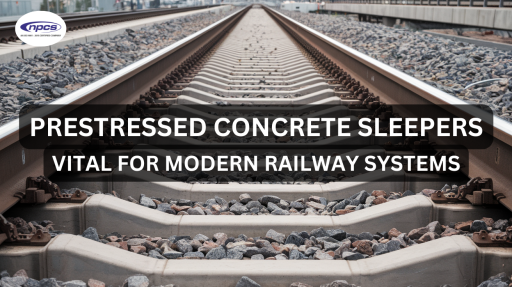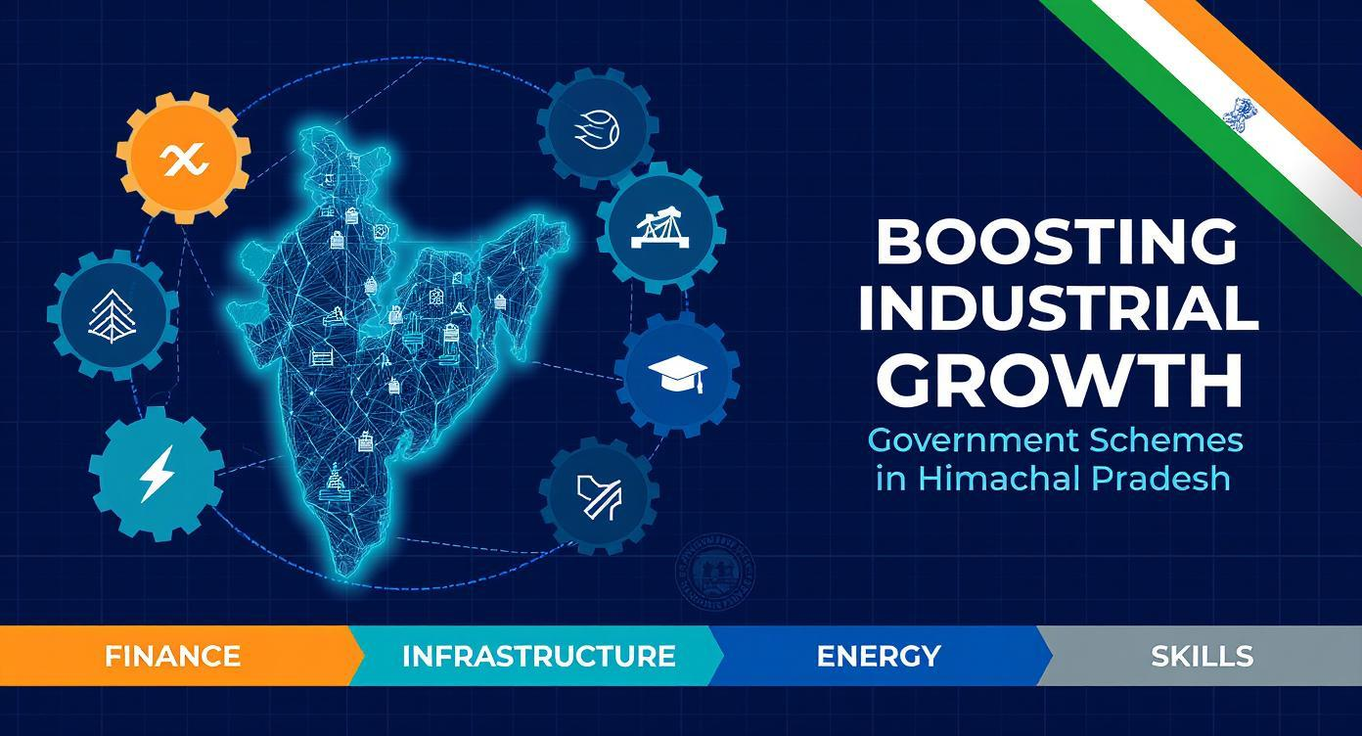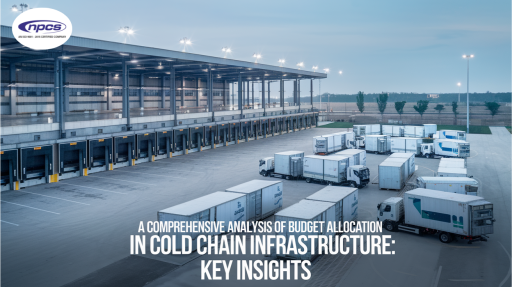In the current and future scenarios of railway transportation, innovation and efficiency will be the prime movers. One of the critical improvements in this sector is represented by a balcony prestressed concrete sleeper. Such a strong and high-performing element plays an instrumental role in safety, durability, and sustainability when combined into the modern railway system.
Railways have been the backbone of modes of transportation for centuries. With the passing of time, people have begun demanding much more speedier and efficient ways of traveling. This created a tremendous impetus for a lot of advancements in infrastructure, and prestressed concrete sleepers is one among them. As a technology, it has proved all the others.
What are pressed concrete sleepers?
A sleeper, or railroad tie, is a member that holds a rail in place. Traditionally, wood and steel are used for sleepers, but such cannot survive for long and resist large forces. On the contrary, prestressed concrete sleepers are all built keeping in consideration the harsh conditions created as modern rail networks use. It consists of applied pretension on the concrete that it is set, thus making it able to bear a large load and resist cracking.
The product, therefore, gives high performance and longevity, making it a favored choice for completely new railway lines and alternatively replacing age-old structures. Prestressed concrete sleepers are used in various settings, from high-speed rail lines to heavy freight tracks.
Benefits of Prestressed Concrete Sleepers
Strengthened durability and longevity
Compared to the conventional offerings, the prestressed concrete sleeper is the most durable. It does not corrode, termite eat, or wear as compared to its predecessors; hence, its lifespan increases. Larger durability will, therefore, save railway operators many long-term maintenance costs involved in frequent replacements.
Improved Load-Carrying Capacity
The prestressing process has imparted extra strength to the concrete so that these sleepers may sustain heavier loads by distortion through minimal deformation. This is extremely important for modern railways, which are used by both passenger and freight trains, as they are constructing concrete sleepers that can carry their load well over time.
Weather and Environmental Condition Resistance
Compared to wood or steel, the concrete sleeper has less to suffer from the elements. It does not rot, warp, or otherwise weather like its wooden siblings. Under extreme heat, soaking from courtesan, or freezing, prestressed concrete sleepers maintain the shape and strength necessary to the elements.
Cost Effectiveness
Although the initial cost of prestressed concrete sleepers surpasses that of other materials, they cannot be less cost-effective because of their long-term and low maintenance. They become very attractive for large-scale railway projects where a strong and robust infrastructure is an absolute necessity for many years.
Sustainability
The use of prestressed concrete sleepers will further increase with a prominent sustainable perspective from the side of railways in all probability to find eco-friendliness in their future railway system. The processing of concrete sleepers with much lesser environmental effects compared to the traditional wooden ones, especially with the decreased need for timber resources for making them, has even added an edge in this regard. Furthermore, concrete is recyclable, which means further sustainable use in railway networks.
Uses of Prestressed Concrete Sleepers
Prestressed concrete sleepers are really flexible and cover an extensive application in the field of modern railways. They are ideal for:
- High Speed Rail: Prestressed concrete sleepers support high-speed rail networks, accurate and steady, by solidly assembling them for unbroken operations.
- Heavy Freight Tracks: Since freight trains carry heavy weights, it requires a strong sleeper to maintain the integrity of the track. Prestressed concrete sleepers are designed to carry heavy loads effortlessly.
- Electrified Rail Systems: Prestressed concrete sleepers can actually be used in electrified rail networks, providing a very safe and stable foundation for electrification equipment and the trains themselves.
Slowly but surely, rail prestressed concrete sleepers are enhancing network efficiency for rail networks.
Modern railways are capable of operating at very high speeds under very heavy loads, which makes it essential that the track infrastructure be stable and resilient for these operational extremes. Sleepers have a very important role at this juncture. They are able to hold the track vertically, thus reducing the risks of derailments and safety-related issues.
They will also save costs in terms of increased durability and reduced maintenance needs of these sleepers. Therefore, such resource reuse would mean that the railway operators could devote such resources to other rail network improvements, such as signaling and upgrading station facilities. These lead to improvements in the whole railway system’s efficiency and safety.
Railway Sleepers Manufacturing
The Future of Railway Infrastructure
Concrete sleepers have a lot to offer as the world goes on toward a future in which transportation will be more sustainable and efficient. Their advantages of strength, cost-effectiveness, and environmental benefits make them the very backbone of modern rail networks.
As the institutional push continues for electrification, thus the growing demand for high-speed train services. Prestressed concrete sleepers are expected to become an important solution for the railway industry to meet the challenge. The more complex the railway systems get, the better foundation. It will ensure their success in the industry, be it reliable or durable.
Conclusion
Prestressed concrete sleepers go much beyond the minimal definition of a structural component within railways. They are actually the lifeline of a modern railway system today. Some of the advantages that these offer—from durability enhancement and load-bearing capacity with cost-effectiveness and finally sustainability. These reasons are sufficient to render them vital in the growth and efficiency of rail networks all around the world.
If you’re involved in railway infrastructure or considering the future of rail transport. Investing in high-quality prestressed concrete sleepers should be a priority. To explore more about advanced railway solutions, visit NIIR Project Consultancy Services, your partner in innovative infrastructure development.







